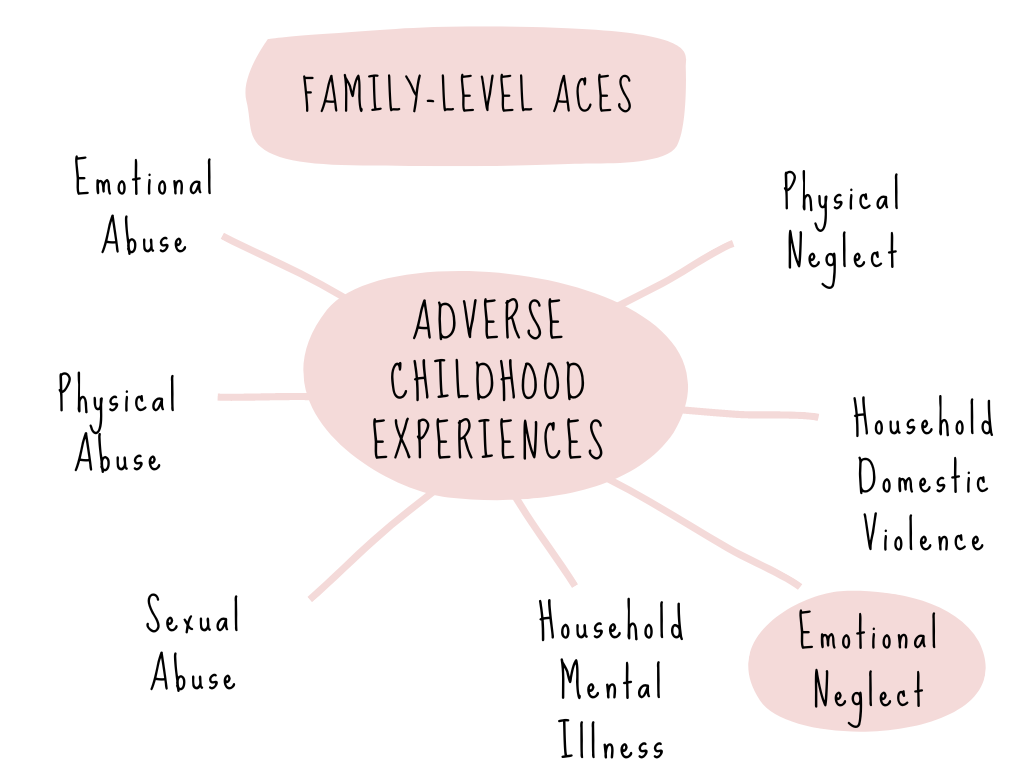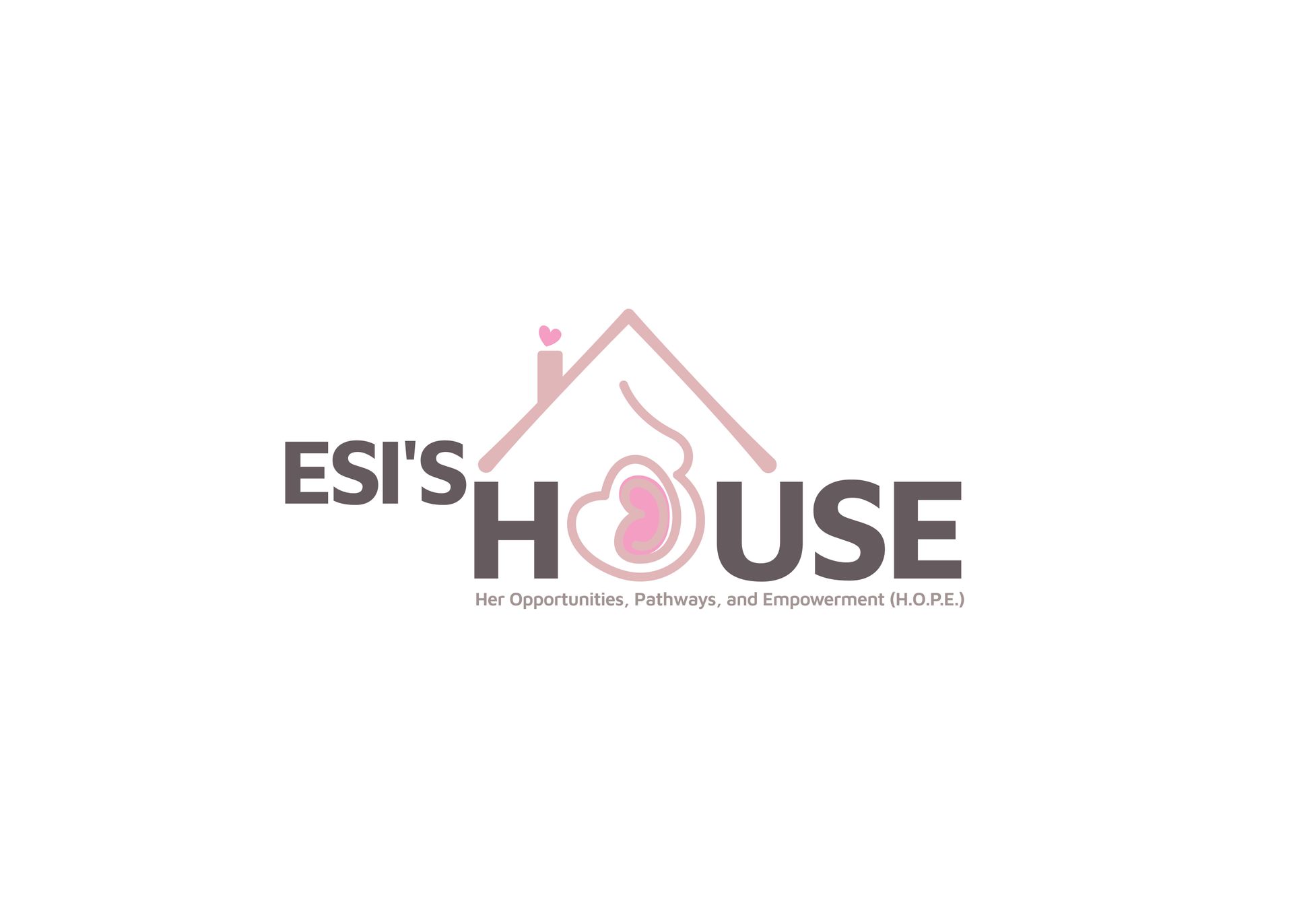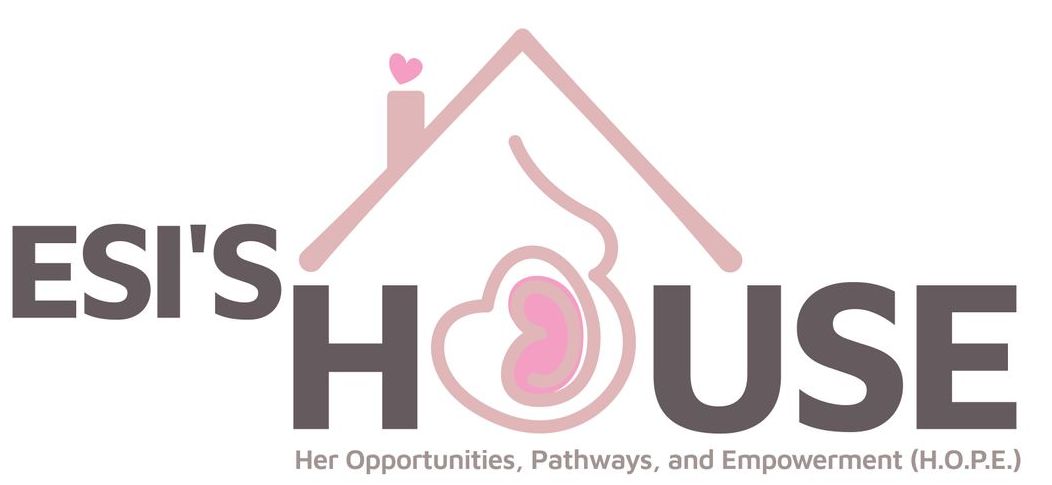Intergenerational Family-Level ACEs
Poverty and homelessness increases the likelihood of exposure to adversed childhood experiences (ACEs) for on our teen mom's children.
The Need

According to National Healthcare for the Homeless Council, homeless children are more likely to have ACE experiences that, even in just early exposure (ages 0-3), will have long-lasting health consequences.
Children with elevated ACE scores are prone to encountering:
- childhood anxiety and depression
- developmental setbacks encompassing adverse cognitive and socio-emotional effects
- academic struggles
- behavioral health challenges
- specific health requirements.
ACEs also elevate the probabilities of factors such as high school dropout, absence of a college degree, adult unemployment, and residing below the poverty threshold.
In comparison to those without ACEs, a substantial body of evidence indicates that individuals with four or more Adverse Childhood Experiences (ACEs) have a significantly heightened likelihood (ranging from 2-5x) of developing:
- clinical depression
- substance use disorders
- suicidal tendencies
- diabetes
- cancer
- cardiovascular and respiratory diseases
Sadly, this risk persists even among individuals with ACEs who do not engage in high-risk behaviors, underlining the profound impact of ACEs on overall health.
Children living below the Federal Poverty Line (FPL) have a fivefold higher likelihood of experiencing four or more ACEs compared to children in economically stable households.
Research suggests that the health consequences of high ACE scores are often compounded by poverty, suggesting that children with high ACE scores who are also low-income experience worse outcomes in certain areas compared to people with high ACE scores who are higher income.
Connection between pregnancy, ACEs, and the physical health of an unborn baby: As women transition into parenthood, the impact of Adverse Childhood Experiences (ACEs) on their physical well-being, mental state, and behaviors can shape their pregnancy experience and also affect the physical health of their developing baby.
- When a pregnant woman is exposed to chronic stress, large amounts of neurohormones are released into her bloodstream and can change the developing fetus' own stress response system.
- Maternal stress hormones can cross the placenta as early as 17 weeks into pregnancy.
- Women with high ACE scores are more likely to develop gestational diabetes and high blood pressure.
- They are more likely to deliver prematurely or have a baby that is underweight or requires NICU care.
- Even when they deliver full-term, their babies are at greater risk for developmental delays.
Maternal stress and child neglect: Children at risk for neglect were significantly more likely to be from families experiencing housing unaffordability and housing instability, and their mothers reported higher maternal stress.
“Homelessness is not recognized as one of the ACEs, but children experiencing homelessness have everyday exposure to these risks.”
– Dr. Regina Olasin, Chief Medical Officer, Care for the Homeless
Intensive support for housing-insecure, pregnant teens prevents exposure to ACEs in the next generation: According to the Center for Child Counseling, To discuss ACEs and pregnancy fully, we need to understand it from two points of view.
1) How ACEs have affected the mother’s life, how they may still be affecting her mentally and physically, and how they might interfere with her ability to nurture and care for her child.
2) How a mother’s ACEs affect her developing baby and what effects the infant might experience in the womb and during its first few years of life.
Intervention for Pregnant Teens Prevents Exposure to ACEs in the Next Generation: Research has shown that parental ACEs have the tendency to predict child ACEs, suggesting a need to care for both caregivers as well as kids.
Given household mental illness and substance use are family-level ACEs that can lead to child neglect and maltreatment and predict poor health outcomes if untreated, effective interventions require that caregiver health, mental health, and behavioral health needs are met as well.
Economic Consequences: The Center for Disease Control acknowledges that ACEs are costly. The economic and social costs to families, communities, and society total hundreds of billions of dollars each year. As one example, the estimated annual U.S. population economic burden of child maltreatment alone, a major contributor to ACEs, was $428 billion.
How do we help teen moms?
Method #1: Effective childhood trauma intervention may involve prevention efforts to stop it before it occurs. While certain primary prevention strategies require significant societal changes that our service providers may lack the capacity to implement, more achievable interventions can be carried out within our programs' service settings.
Prevention strategies include:
- Address caregiver mental illness, substance use disorders, and other risk factors for childhood adversity.
- Connecting caregivers to parenting classes and home visiting programs. Programs like Positive Parenting and Nurse-Family Partnerships can help to buffer children from negative consequences, though they do not directly address the root cause of ACEs. Programs of this sort work to reduce child injuries, abuse, neglect, and maltreatment, as well as reducing domestic violence, and improving connection to other community services
Services include resiliency education, parent child interaction therapy (PCIT) and parent child counseling, positive parenting education, and child parent psychotherapy (CPP).
Method #2: According to the Child Mind Institute, to avoid burnout, it's important for parents to take care of their own needs. That includes getting enough sleep and exercise, drinking enough water and spending time away from their child. Parents sometimes feel like they have to do everything by themselves, but getting help from other people is crucial.
Related services include gym memberships, group exercise activities, mommy spa days, self care education, day trips, and leisure activities.
Method #3: We believe education paves the way for a brighter future. Our collaborative network of educational institutions and initiatives ensures that every resident has the opportunity to continue their educational journey, whether it's completing high school, pursuing vocational training, or seeking higher education.
Related services include equitable access to family planning, transportation, interpersonal skill-building, resume writing and interview preparation, job search assistance, professional development workshops and soft skills training, career counseling and educational pathway support, GED classes and tutoring help, entrepreneurship guidance, career workshops and seminars, and referrals to affordable child care or child education programs.
How do we impact future generations? The services provided by our nonprofit not only help with current maternal health challenges but also provide young mothers with valuable knowledge, skills, and positive experiences.
These resources can influence their decisions and behaviors regarding healthcare, parenting, and their overall well-being in the years to come. This has the potential to break cycles of adversity and enhance the health and opportunities for the generations that follow.





